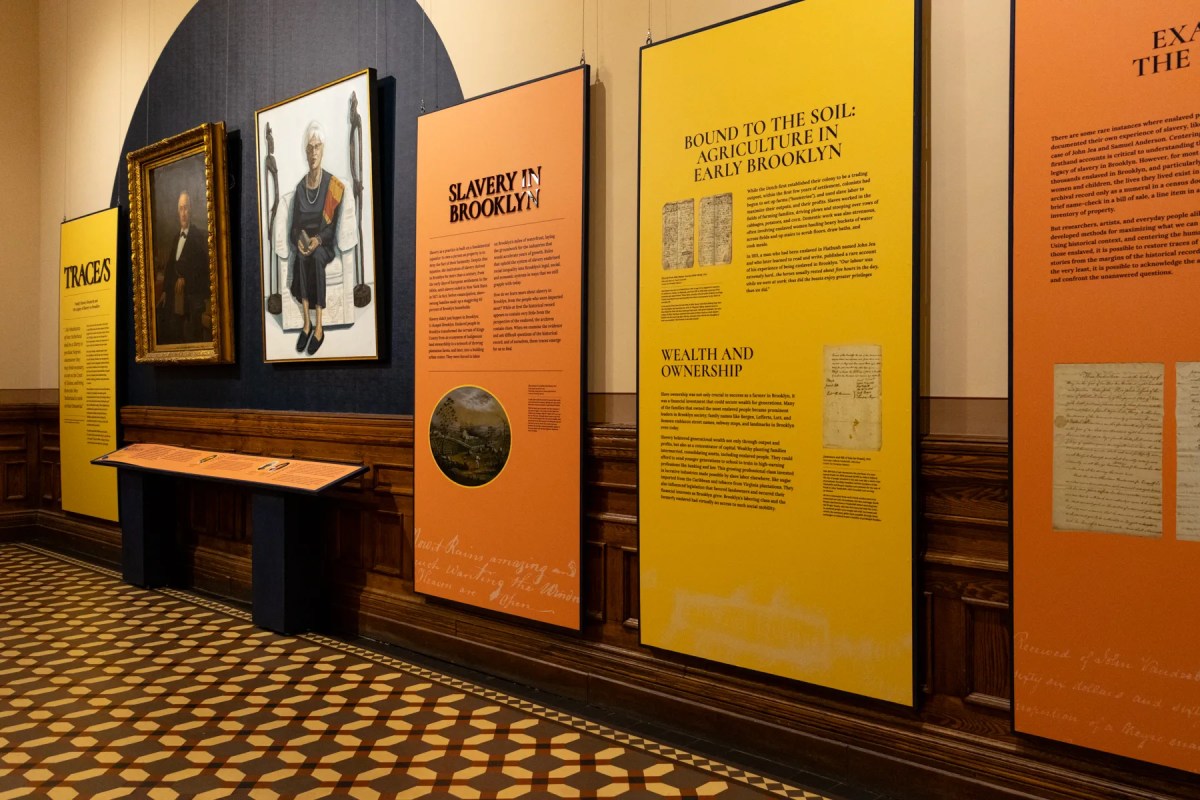One in five Americans spends his or her days in our nation’s 140,000 K-12 schools. Those schools spend close to $8 billion a year on energy costs, the second-largest line item in a school budget after personnel costs. The Environmental Protection Agency (EPA) estimates that 25 percent of the energy used in schools is wasted. In a world of shrinking budgets and resources, energy-efficiency savings in utility costs could be used for desperately needed funding for additional teachers and school resources.
Nowhere is this more important than in our nation’s poorest school districts, where the concept of a green, healthy school is rarely a priority.
Energy-efficient schools are now being lauded as places to be if you want to see improvements in standardized testing, and some studies have shown that students score significantly higher up to 20 percent if they attend green schools. In green school, school violence declines, teacher retention soars, and children and their teachers miss fewer days because of illness. Schools are already realizing significant gains from even simple energy-efficient retrofits. Schools from Utah to Tennessee are saving hundreds of thousands of dollars in energy costs and improving air quality, which keeps kids’ minds more alert and teachers more engaged.
Richardsville Elementary School in Kentucky received a check last year for $37,000 from the utility company for power it sold back to the grid. But those sorts of energy paybacks could be replicated elsewhere with larger investments, funding that has eluded our nation’s most dilapidated and under-performing schools, where the backlog of routine maintenance alone is staggeringly billions of dollars.
What if we could secure billions of new private dollars for school energy-efficiency projects in low-income disadvantaged areas and allow the resulting energy savings to remain with each school?
The next frontier of green school funding could come from banks through the Community Reinvestment Act (CRA), a federal law that requires banks operating in low-income areas to invest significant amounts of money in these areas, usually in the form of loans and grants for economic development projects, low-income housing projects and community centers. From 1996 to 2008, banks invested more than $1 trillion in community development and small-business loans in low-income areas in part to score CRA points.
Banks take the CRA requirement seriously because the points they earn are a determining factor when regulators review requests for mergers and acquisitions.
The litmus test for whether banks will receive CRA points is satisfied only if the “benefits” that accrue from these investments remain in the low-income communities.
Now the Office of the Comptroller of the Currency, the banks’ regulator, has proposed a clarification that will allow banks to get CRA credit for investing in energy efficiency in low-income communities. This clarification incentivizes banks to give out low- to no-interest loans, or even grants, for green affordable housing and other community projects. These new projects will pass the “benefits test” because they will drive down energy costs for projects, centers and housing in the targeted low-income community.
The CRA currently provides that some schools are eligible for CRA funding, but only if the schools have fiscal autonomy. Public schools, on the other hand, are ineligible for CRA funding because their budgets are managed at the district or state level, and the benefits do not remain in the community, but rather accrue to the district or state budgets. Low-income-area public schools might qualify for low-interest loans or grants if the benefit stays with the individual school.
How would that work? Energy-efficient school renovations routinely result in verifiable annual energy savings, in some cases as much as $200,000 a year. If school districts allowed those energy savings to stay with the individual school rather than reverting to the district budget, the projects would qualify for CRA credits. A typical energy savings project in a low-income community school would result in at least $100,000 in annual savings and a major school greening would result in even more savings, allowing low-income-area schools to buy more science equipment or add teachers.
Unlike wealthier schools, our low-income schools do not have outside funding or inside advocates to bring in additional funding. The answer to this disparity lies partially with saving money by saving energy. Leaving those energy savings with the school, which allows banks to invest in energy retrofits under the CRA, would open the door to low-interest loans or grants. It’s a win-win proposition for our nation’s poorest schools.
Rogers is president and CEO Earth Day Network. This article previously appeared in The Hill.





















